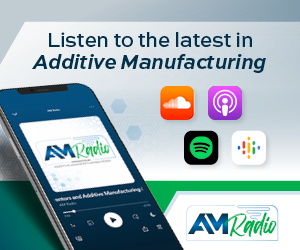Desktop Metal, Uniformity Labs Develop Fully Dense, Sinterable Aluminum
Uniformity 6061 aluminum will be available exclusively to Desktop Metal customers as part of its ongoing partnership with Uniformity Labs.
Share
Read Next

The powder enables the sintering of unadulterated 6061 aluminum.
Desktop Metal and Uniformity Labs have developed a breakthrough powder that enables aluminum sintering for binder jetting AM technology, the companies say. The powder is the result of a multiyear collaboration between the companies to develop a low-cost, raw material yielding fully dense, sinterable 6061 aluminum with greater than 10% elongation and improved yield strength and ultimate tensile strength versus wrought 6061 aluminum with comparable heat treatment.
The powder enables the sintering of unadulterated 6061 aluminum. According to the companies, it represents a significant improvement over prior techniques used to sinter aluminum, which required coating powder particles, mixing sintering aids into powder, using binders containing expensive nanoparticles or adding metals such as lead, tin and magnesium.
Critically, the powder also enables compatibility with water-based binders and has a higher minimum ignition energy relative to other commercially available 6061 aluminum powders, resulting in an improved safety profile. Desktop Metal and Uniformity Labs plan to continue to work together over the coming year to qualify the powder and scale production for commercial release.
Once fully qualified, Uniformity 6061 aluminum will be available for use with the Desktop Metal Production System platform, which the company says is the only metal binder jetting solution with an inert, chemically inactive processing environment across the printer and auxiliary powder processing equipment. The system is designed to enable customers to achieve consistent, high-quality material properties across volumes of end-use parts with reactive materials, such as aluminum.
According to the companies, this breakthrough represents a major milestone in the development of aluminum for binder jetting as it is one of the most sought-after materials for use in automotive, aerospace and consumer electronics. The introduction of lightweight metals to binder jetting opens the door to a wide variety of thermal and structural applications across industries and a key step toward the adoption of mass-produced printed aluminum parts.
Related Content
-
AM 101: What Is Hot Isostatic Pressing (HIP)? (Includes Video)
Hot isostatic pressing has long been used for metal castings, but is now being applied as a valuable method for closing porosity in metal 3D printed parts.
-
AM 101: What is Ultrasonic Additive Manufacturing?
Going from additive to subtractive can be simple with Ultrasonic Additive Manufacturing (UAM). What is it and how does it work? Learn the basics in this 101 post.
-
World’s Largest Metal 3D Printer Seen at Ingersoll Grand Opening Event
Maker of large additive and subtractive machines adds capacity in Rockford, Illinois.

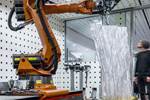
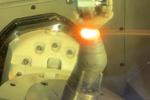
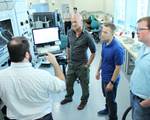
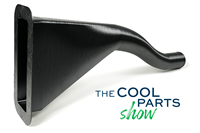
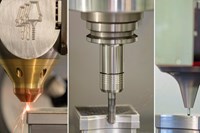
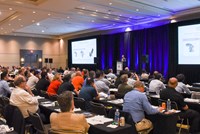

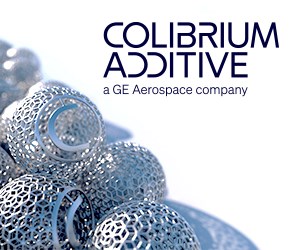
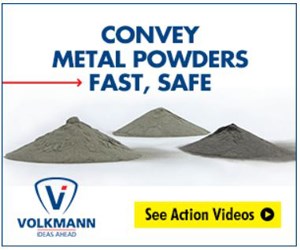
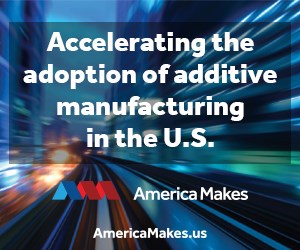
.png;maxWidth=300;quality=90)
